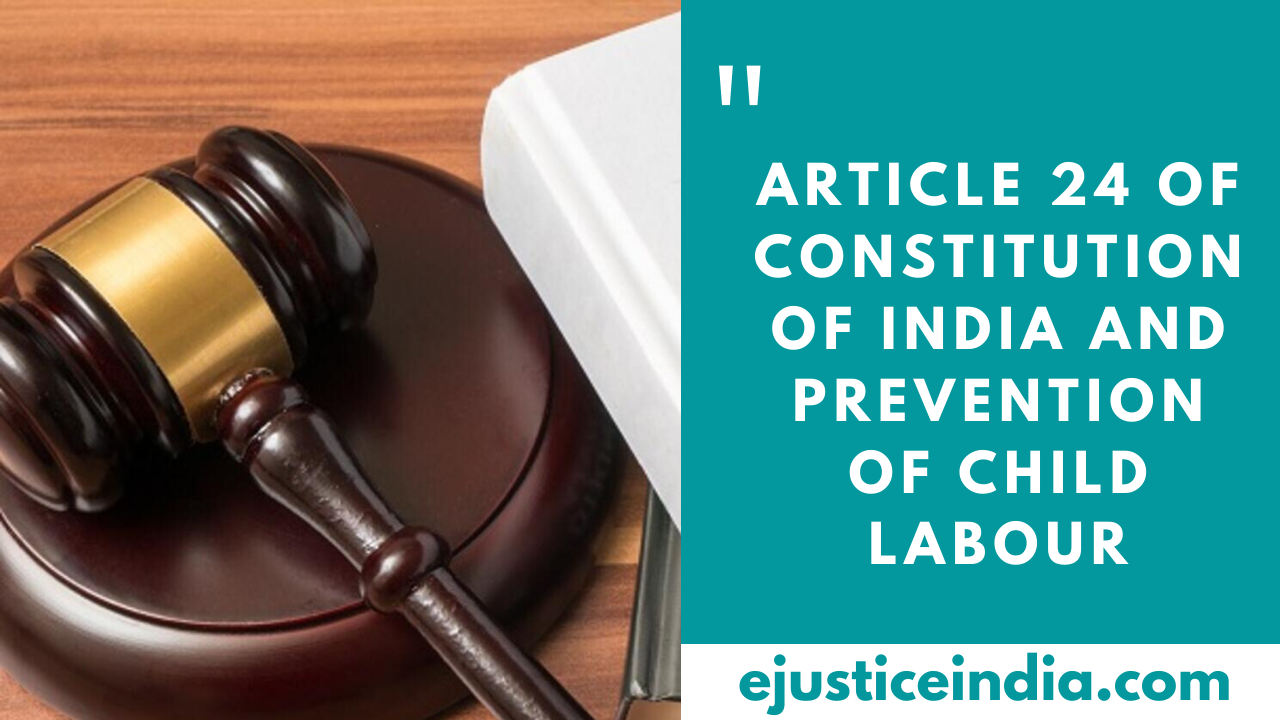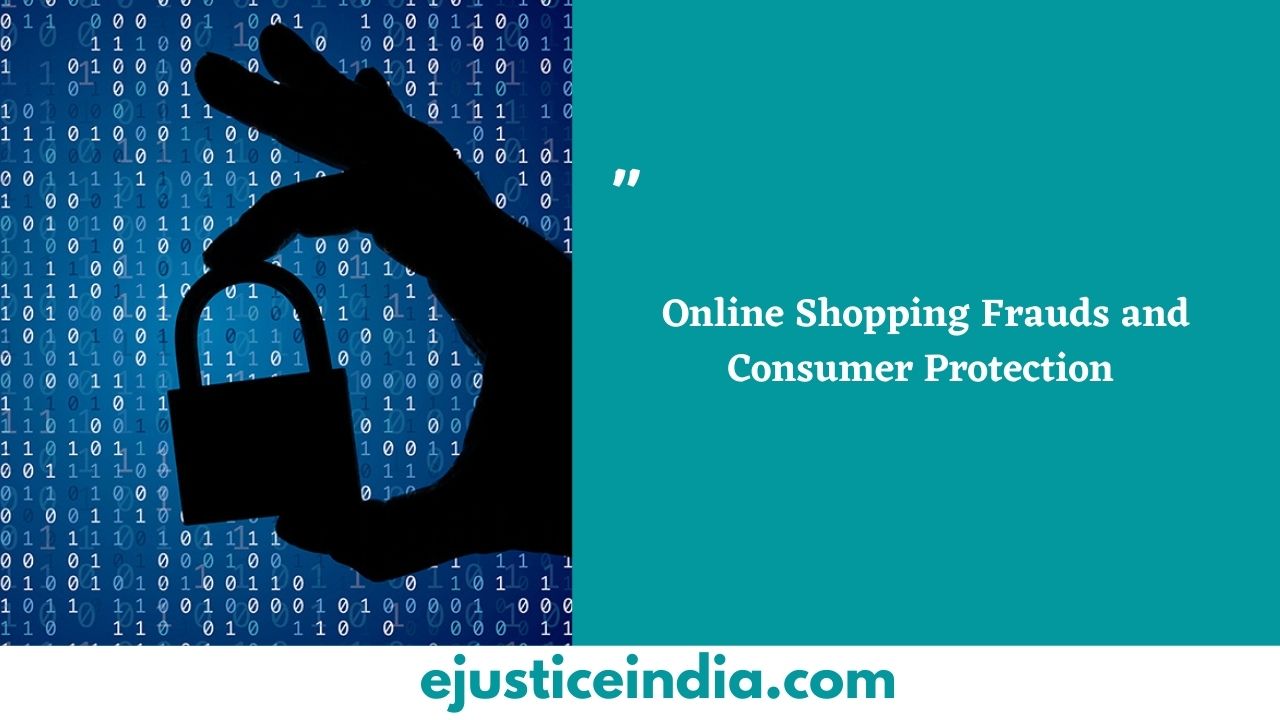Copyright Infringement Through Memes
Author :- Mansi
To Start this topic first should be explained what Copyright infringement means It is the use or production of Copyrighted work such as the right to reproduce, distribute, display or perform the work which is protected by copyright law without the permission or consent of the author where such permission or consent is required. Thus use of someone else’s work when the rights afforded to the copyright holder and are being breached by the third party is called Copyright infringement. Copyrights ensure certain minimum safeguards of the legal rights of authors over their original productions and creations.
The Copyright Act 1957(as amended by the Copyright, Amended Act 2012) along with the Copyright rules 1958, is the governing law for copyright protection in India. It was introduced to protect original literary, dramatic, musical, and artistic works and cinematography films and sound recordings from unauthorized uses. Section 14 of the Act defines Copyright and under section 11 of the act provides for the establishment of the Copyright Board which not only grants licenses but also settles the disputes. Section 63 of the Act, 1957(the “Act”) any person who knowingly infringes or abets the infringement of the copyright in any work commits a criminal offense.
This section also enacted a fine and imprisonment for one year for the offences of copyright infringement. Due to rapidly increasing globalization, technology and competition in the current era, the need has been increasing to protect the copyright incidences related to majorly video and music piracy the act was amended in 1984 in which the imprisonment was extended to the maximum period of three years along with the fine. Section 64 of the act gives power to a police officer to seize all infringing copies of the work without giving any warrant to infringer in advance. The Copyright Act provides for both Civil and Criminal Remedies for infringement of copyrights, though civil remedies are most often applied. On providing an infringement, the copyright owner is entitled to remedy by way of injunctions and order for seizure and destruction of infringing articles. The defendant is liable to pay damages.
Now the question arises whether the offense committed known as Copyright Infringement is a Cognizable or Non-Cognizable offense? The punishment for the offense made under section 63 of the Act is imprisonment which cannot be less than six months but which may extend to 3 years but the Code of Criminal Procedure, 1973 lays down that if the offense is punishable ‘by imprisonment for three years and upwards but not more than seven years the law termed the offense as a cognizable and non-bailable offense.
Therefore in such circumstances, the offense committed under section 63 has to be held as cognizable and non-bailable. For understanding this in a more precise manner a Judgement was passed on 20 March 2013 by the Delhi High Court in State Govt. of NCT of Delhi vs Naresh Kumar Garg. Under this Case, the short question that arose before the HC is whether the offense punishable under Section 63of the Copyright Act, 1957 (the Act) is bailable or non-bailable. The Court was of the view that it would be appropriate to refer to the provision of section 64 of the Act, which empowers a police officer not below the Sub-Inspector to seize the infringing copies of any work.
If the offense had been non-cognizable and bailable, there were no requirements to specifically authorize the police officer with the power of seizure. Further, the apex court resorted the question in the case of State of Andhra Pradesh vs Nagoti Venkataramana and believed that the prosecution didn’t have to track and trace out the owner of the copyright to come and adduce evidence of infringement of copyright, this observation confirms the position that the infringement of copyright is a cognizable offense and that the police must show a great deal of tolerance in the collection of evidence.
The growing importance of the internet and social media platform copyright law not only applies to offline material but as well to online material and it is generally a huge misconception among people that works on the internet are not covered by any copyright law. Internet users spend half their time on social media every day. It is one of the fastest-growing platforms where everyone prefers communication. This media is not only vast but easily approachable in an efficient manner. And at the same time one of the most exploited areas with many malfunctions. Taking into consideration of internet platforms the most used area is Meme.
In the year 1976, Richard Dawkins, an English ethnologist, evolutionary biologist, and author coined the term meme. It is an idea, behavior, style, or usage that spreads from one person to person within the culture and often carries symbolic meaning representing a particular theme. It is transmitted through writing, speech, gestures, rituals, figures, photos, or movie clips with a mimicked theme. In legal terms, it is a derivative work and usually, a copyright owner is the only party with the legal right to create a derivative work. Changing the text or image with a humorous undertone placed to the audience in a manner which is extraordinarily funny and then they spread like wildfire on the social platforms like Instagram, Facebook, Twitter, etc. When memes become viral the owner of the meme holder starts getting attraction. But the main issue arises when someone else takes the particular picture in a meme and sharing / publishing it as his meme without the permission of the original meme holder this reflects Copyright Infringement through memes.
A meme falls under the ambit of ‘artistic works’ which is defined under the provision of section 2(c) of the COPYRIGHT ACT,1957 which states that artistic works include paintings, sculptures, drawings, engravings, photographs, works of architecture, and works of artistic craftsmanship. And any infringing copy which has copyright wholly or partly would come under the ambit of section 2(m)(i) of the Copyright Act.
Although if the person claims to have made ‘fair use of the Copyrighted work then it can be used as a defense under the provisions of the Copyright Act. But this defense cannot be used when there is infringement concerning the right to privacy of an individual. The Fair use what does it mean? Or how courts usually measure whether the use is termed as fair or unfair? To successfully gain the advantage of fair use defense in India, the copyrighter has to prove that neither the intention to compete with the owner of the meme is present nor the originality of the content is improperly or distortedly used. The objective behind meme-making is to give temporary happiness or enjoyment and not any offensive reflection against any person.
Courts usually cover four areas to measure fair use outlined in the Copyright Act. The first factor is the purpose and character of the use (commercial or non-commercial value) whether profit is earning or just the business is for fun, the second factor about the nature of the copyrighted work, the third factor talks about the amount and substantiality of the portion used with the copyrighted work as a whole and last one talks about the effect of the use upon the potential market regarding the copyrighted work. The meme usage depends on usage and person to person some find it a way of enjoyment and some find it offensive.
Till now there have not been any proceedings under the Copyright Infringement through the mail. But Outside India, there are many cases recorded under this Act just like the case of Getty Images, an American visual media agency that supplies images, illustrations, videos, and music for business on the internet demanding license fees be paid by those who exploited their copyrighted content. In this case an image of ‘Awkward Penguin’ taken by George Moberly, a national Geographic photographer for which Getty enjoys the licensing about an internet meme. But things are never similar and easy for winning over the suit against the copyrighted owner. In another case in the USA Warner Bros faced litigation under copyright infringement after they used the famous “Nyan Cat” and “keyboard Cat” in their game and had to pay a compensation of $100 million.
Even though Copyright Law in India does not specifically provide the remedy but the owner can reach the court and Before approaching for Copyright infringement proceedings the confirmation from the owner of the copyright must be given that the image in question is the same or similar to the image in the meme and they have commercial value while using and which does not fall under the fair use of defense violating the Copyright. If the image on a meme is being used on goods and services or for other commercial purposes then this will fall under the ambit of the trademark under section 29 of the Act and this is only applied to registered marks and not unregistered.
Conclusion:
Copyright Infringement through memes is a rapidly growing business nowadays which requires proper legislation for dealing with the offenses related to violation of copyrighted material. It should not be considered that internet memes fall under the ambit of public diversification and anyone can violate the copyrighted production. Sometimes this infracts the right to privacy of the author and for protecting the interests the more rigid rules should be prepared. To avoid this whole concept of copyright infringement it is whether to take the permission of the copywriter before the usage or the purpose must not be commercial.


